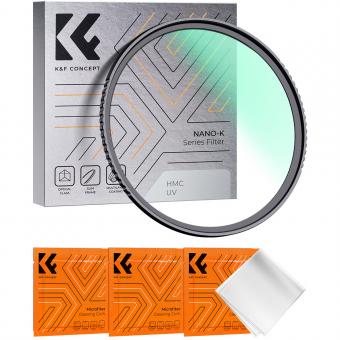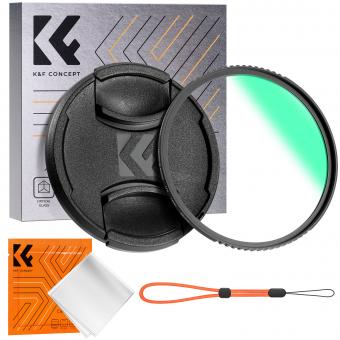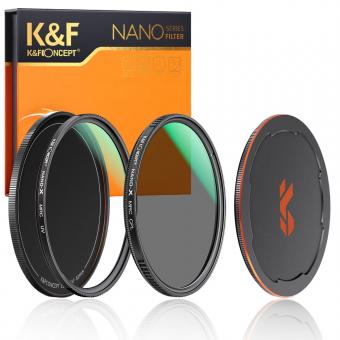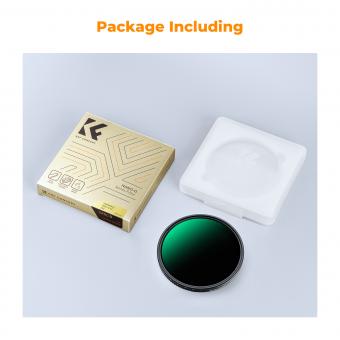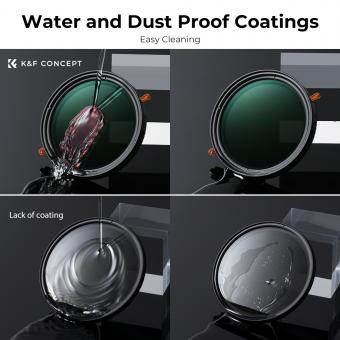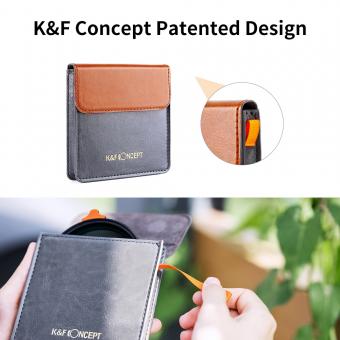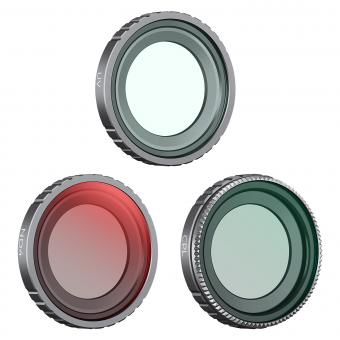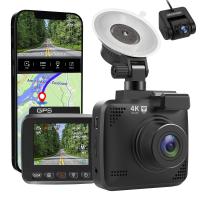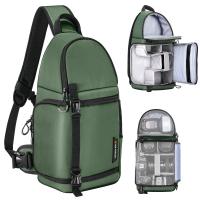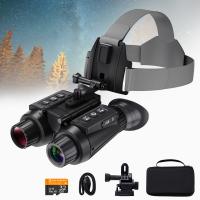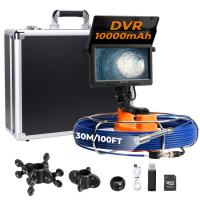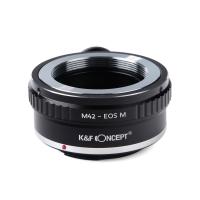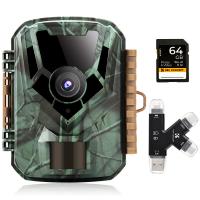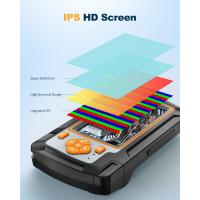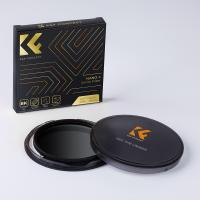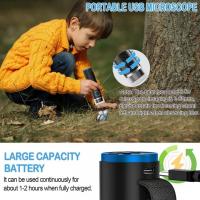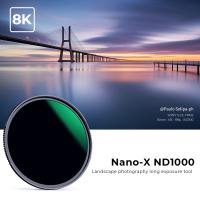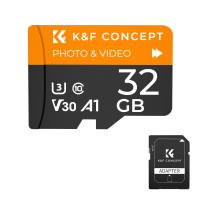A Uv Filter At 330nm Filters What ?
A UV filter at 330nm filters ultraviolet radiation with a wavelength of 330 nanometers. This wavelength falls within the UV-C range, which is the shortest and most energetic type of ultraviolet radiation. UV-C radiation is typically filtered out by the Earth's atmosphere, but it can be produced artificially for various purposes, such as sterilization and disinfection. UV filters at 330nm are commonly used in scientific and industrial applications to protect sensitive equipment and materials from the harmful effects of UV-C radiation. They can also be used in personal protective equipment, such as sunglasses and sunscreen, to protect the eyes and skin from UV damage.
1、 Ultraviolet Radiation

A UV filter at 330nm filters Ultraviolet Radiation. UV filters are designed to block out harmful UV rays that can cause damage to the eyes and skin. The wavelength of 330nm is in the UV-C range, which is the shortest and most harmful wavelength of UV radiation. UV-C radiation is typically absorbed by the Earth's atmosphere, but it can still be present in certain environments, such as high-altitude locations or near artificial sources like UV lamps.
UV filters are commonly used in sunglasses, camera lenses, and other optical devices to protect against UV radiation. They work by absorbing or reflecting UV rays before they reach the eyes or camera sensor. In addition to protecting against UV radiation, some UV filters can also improve image quality by reducing haze and increasing contrast.
Recent studies have shown that exposure to UV radiation can have long-term effects on the eyes, including cataracts and macular degeneration. Therefore, it is important to protect your eyes from UV radiation by wearing sunglasses or other protective eyewear that includes a UV filter. Additionally, it is important to use UV filters on camera lenses to protect the camera sensor from UV damage and to improve image quality.
2、 UV-C Spectrum
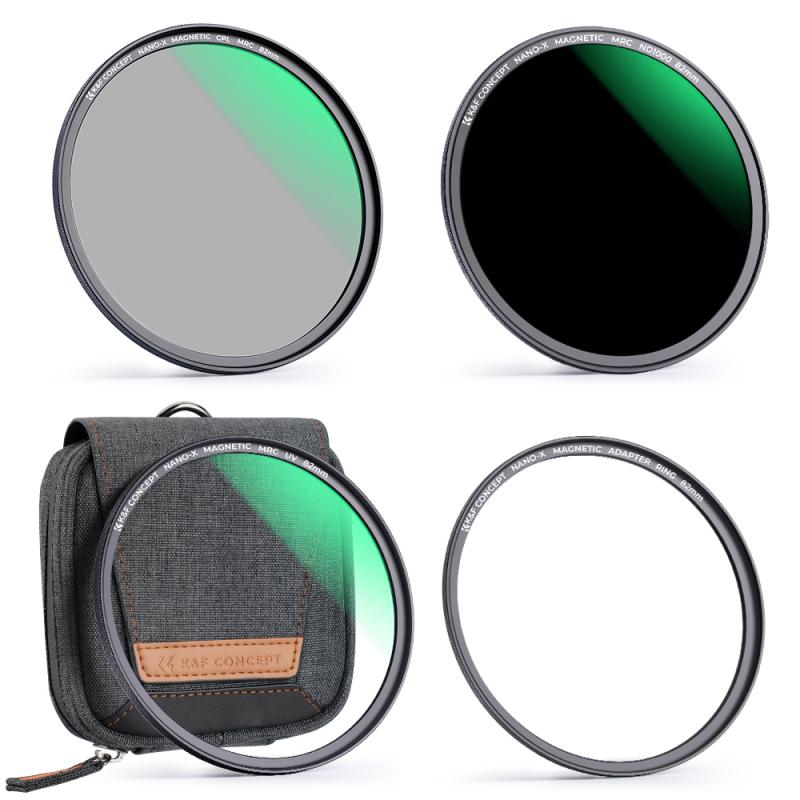
A UV filter at 330nm filters the UV-C spectrum. The UV-C spectrum ranges from 100nm to 280nm and is the most harmful type of UV radiation. It is absorbed by the ozone layer and does not reach the earth's surface in significant amounts. However, exposure to UV-C radiation can cause skin damage, eye damage, and even cancer.
UV filters are used to protect against UV radiation in various applications, including photography, water treatment, and air purification. A UV filter at 330nm is commonly used in these applications as it effectively filters out the harmful UV-C radiation.
In recent years, there has been growing concern about the potential health effects of exposure to UV radiation, particularly in relation to skin cancer. As a result, there has been increased interest in the use of UV filters in various products, including sunscreens and cosmetics.
However, there is also some debate about the safety and effectiveness of UV filters, particularly in relation to their potential impact on the environment. Some studies have suggested that certain types of UV filters may be harmful to aquatic life and may contribute to the degradation of coral reefs.
Overall, while UV filters at 330nm are effective at filtering out harmful UV-C radiation, their use should be carefully considered in light of potential environmental and health concerns.
3、 Photoprotection
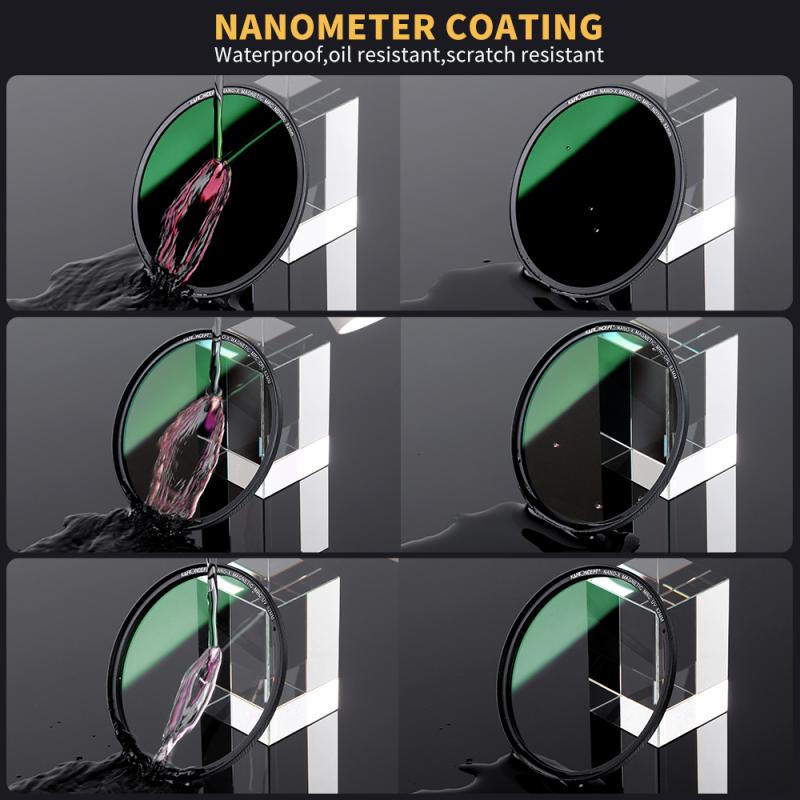
A UV filter at 330nm filters photoprotection. UV filters are used to protect the skin from the harmful effects of UV radiation. UV radiation is a type of electromagnetic radiation that is emitted by the sun and can cause damage to the skin. UV filters work by absorbing or reflecting UV radiation, preventing it from penetrating the skin and causing damage.
UV filters are commonly used in sunscreens, which are designed to protect the skin from the harmful effects of UV radiation. Sunscreens typically contain a combination of UV filters that work together to provide broad-spectrum protection against both UVA and UVB radiation.
Recent research has shown that UV filters may have some negative effects on the environment. Some UV filters have been found to be toxic to marine life, and there are concerns about their impact on coral reefs. As a result, there is growing interest in developing new, more environmentally friendly UV filters.
Overall, UV filters are an important tool for protecting the skin from the harmful effects of UV radiation. However, it is important to use them responsibly and to consider their potential impact on the environment.
4、 Skin Damage
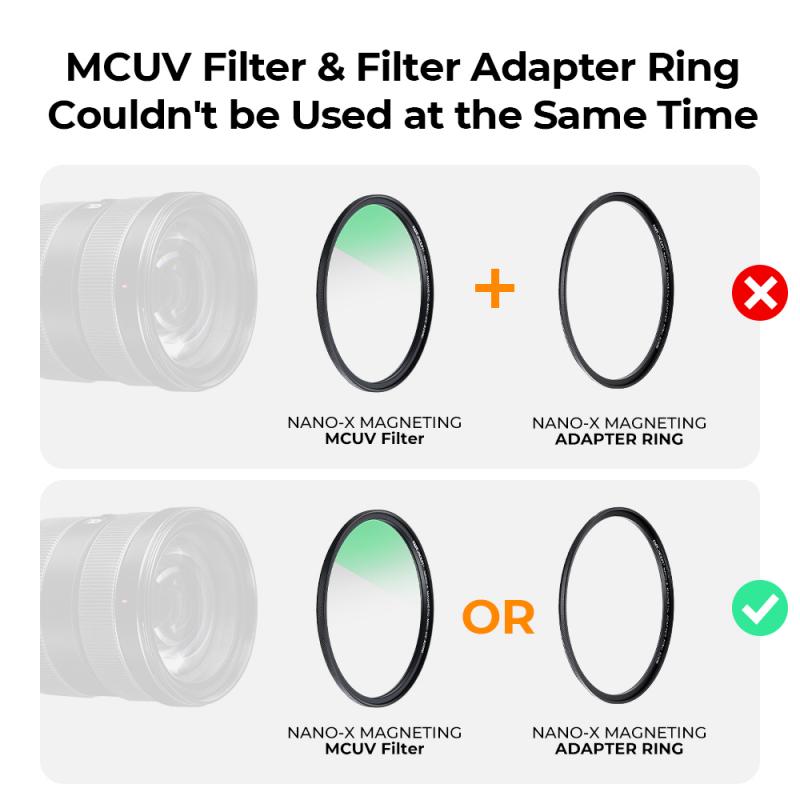
A UV filter at 330nm filters skin damage. UV radiation is a major cause of skin damage, including sunburn, premature aging, and skin cancer. The UV spectrum is divided into three categories: UVA, UVB, and UVC. UVA and UVB are the most harmful to the skin, with UVA penetrating deeper into the skin and causing long-term damage, while UVB causes sunburn and immediate damage.
A UV filter at 330nm specifically filters out UVA radiation, which is responsible for the majority of skin damage. This wavelength is also known as the "long-wave" UV radiation and is considered to be the most dangerous for skin health. UV filters at this wavelength are commonly used in sunscreens and other skin care products to protect against skin damage.
Recent studies have shown that exposure to UV radiation can also have negative effects on the immune system, leading to increased susceptibility to infections and diseases. Additionally, there is growing concern about the impact of UV radiation on the environment, including damage to marine ecosystems and the depletion of the ozone layer.
In conclusion, a UV filter at 330nm is an important tool in protecting the skin from damage caused by UVA radiation. However, it is important to also take other measures to protect the skin, such as wearing protective clothing and avoiding prolonged exposure to the sun during peak hours.

